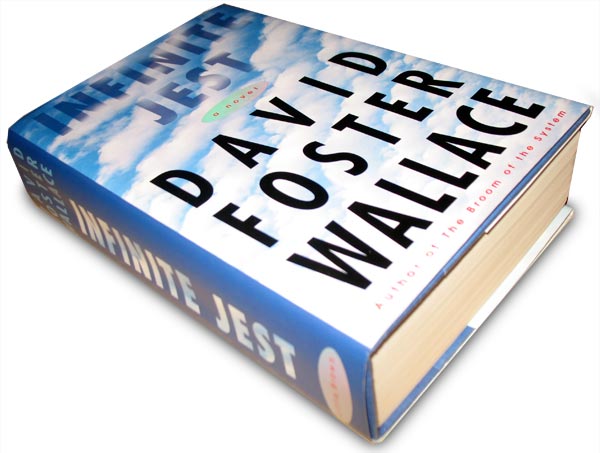Dear Reader:
When Robert first decided to write this blog, he received a piece of advice which he was free to use or ignore: anything with an unpronounceable name will not be memorable. Many “helpful” made punny and generally simpler suggestions to Robert about a possible relaunch of his store (all in the English language, I might add,) but they were dismissed out of hand. Because Robert is adamant about his blog’s (and store’s) uniqueness and provenance, I’ve decided to take some time and address the name, since it will be sticking around for the foreseeable future.
 Samizdat (you can probably sound it out yourself, although it does resonate better if you know the Cyrillic alphabet) refers to the clandestine publishing system that originated and blossomed during the era of the Soviet Union. It was an act of rebellion against the repression of the time, which involved the publication and circulation of censored works. Of course, those who were involved risked being sent to prison or exile, and the movement became a symbol of independence and freedom from oppression. In the context of of the mathematics educational complex, though, SamizdatMath represents a unique, “going against the grain” method of product development. It stands for an approach that uses straightforward, sophisticated techniques that develop higher-level thinking and problem solving skills, free from the cutesy pandering that appears in many written materials. I also it to promote his love of obscure American culture, whether it is by incorporating the images of 1940’s R & B legend Louis Jordan, or referencing the “Sunday Night Mystery Movies” from the 1970’s.
Samizdat (you can probably sound it out yourself, although it does resonate better if you know the Cyrillic alphabet) refers to the clandestine publishing system that originated and blossomed during the era of the Soviet Union. It was an act of rebellion against the repression of the time, which involved the publication and circulation of censored works. Of course, those who were involved risked being sent to prison or exile, and the movement became a symbol of independence and freedom from oppression. In the context of of the mathematics educational complex, though, SamizdatMath represents a unique, “going against the grain” method of product development. It stands for an approach that uses straightforward, sophisticated techniques that develop higher-level thinking and problem solving skills, free from the cutesy pandering that appears in many written materials. I also it to promote his love of obscure American culture, whether it is by incorporating the images of 1940’s R & B legend Louis Jordan, or referencing the “Sunday Night Mystery Movies” from the 1970’s.
 SamizdatMath’s second, albeit less-understandable connection is to the late David Foster Wallace’s monumental work, Infinite Jest. The plot of the book (which I admit I haven’t read, although at over 1,500 pages, it does make for a convenient tofu press) involves the circulation of a self-published film which has the ability to invoke joy in its viewers; in fact, the ecstasy is so great that watching even short segments results in permanent paralysis. Without giving anything away, the film ends up being used to advance the political agenda of a revolutionary group and is referred to obliquely as “The Samizdat.” Whether or not Robert’s materials will inexplicably fill you and your charges with joy is unbeknownst to me, but either way, I imagine hitching SamizdatMath to the genius that is “Infinite Jest” is all to the good.
SamizdatMath’s second, albeit less-understandable connection is to the late David Foster Wallace’s monumental work, Infinite Jest. The plot of the book (which I admit I haven’t read, although at over 1,500 pages, it does make for a convenient tofu press) involves the circulation of a self-published film which has the ability to invoke joy in its viewers; in fact, the ecstasy is so great that watching even short segments results in permanent paralysis. Without giving anything away, the film ends up being used to advance the political agenda of a revolutionary group and is referred to obliquely as “The Samizdat.” Whether or not Robert’s materials will inexplicably fill you and your charges with joy is unbeknownst to me, but either way, I imagine hitching SamizdatMath to the genius that is “Infinite Jest” is all to the good.
After laying this all on the line, I’ve come to appreciate the thought and significance behind “SamizdatMath” as the name of the publishing organ given to Better Living Through Mathematics. It tells you something about both the materials and their designer, and quite honestly, it suggests that there is something special (and a bit quirky) going on here. If it were to be renamed something like “Robert’s Learning Emporium,” I doubt you’d be equally intrigued. Plus, you’d be able to pronounce it, and really, what fun is that for anyone?
What do you think about the name “SamizdatMath”? Do you find it interesting or off-putting? How much do you think a store’s name affects its success?
